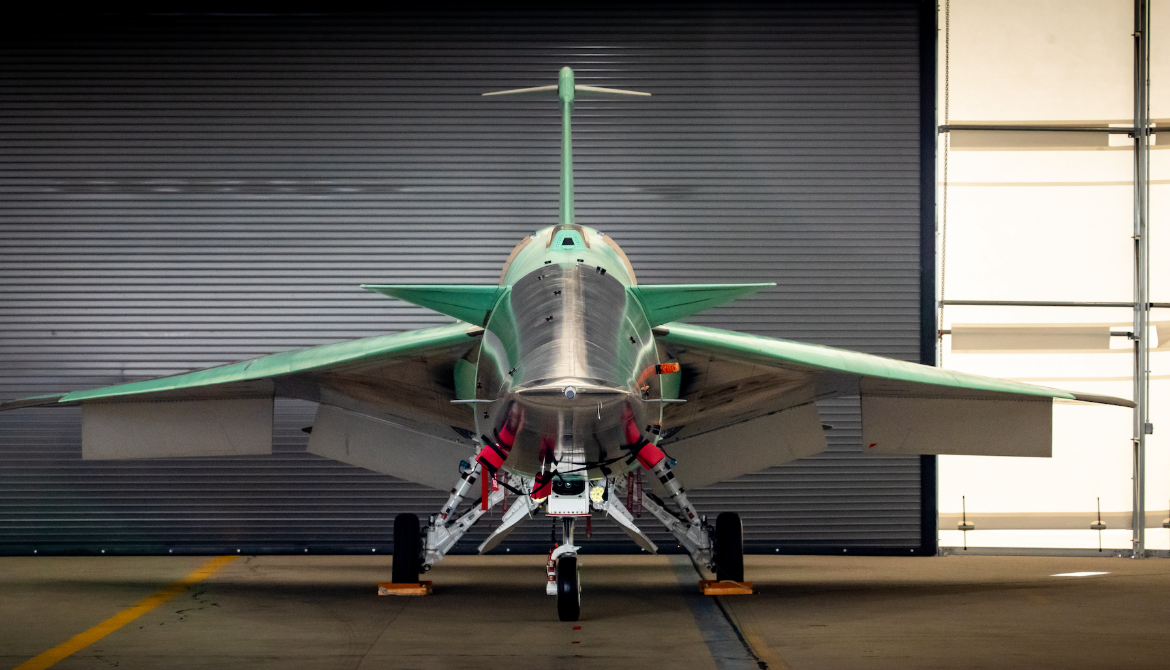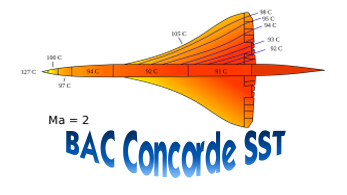Gloster Aircraft
Gloster E.28 Whittle
|
|||||||||||||||||||||
|---|---|---|---|---|---|---|---|---|---|---|---|---|---|---|---|---|---|---|---|---|---|
.
History Gloster Aircraft Company
Gloster E.28 Whittle

The E.28/39 was the product of a specification which had been issued by the Air Ministry for a suitable aircraft to test the novel jet propulsion designs that Frank Whittle had been developing during the 1930s. Gloster and the company's chief designer, George Carter, worked with Whittle to develop an otherwise conventional aircraft fitted with a Power Jets W.1 turbojet engine. Flying for the first time on 15 May 1941, two E.28/39 aircraft were produced for the flight test programme. Following initial satisfactory reports, these aircraft continued to be flown to test increasingly refined engine designs and new aerodynamic features. Despite the loss of the second prototype, due to improper maintenance causing a critical aileron failure, the E.28/39 was considered to be a success
The Gloster E.28/39, (also referred to as the Gloster Whittle, Gloster Pioneer, or Gloster G.40) was the first British turbojet-engined aircraft first flying in 1941. It was the third turbojet aircraft to fly after the German Heinkel He 178 (1939) and the German Heinkel He 280 (1941).
Surviving aircraft


In 1946, the first prototype (W4041) was placed in the Science Museum in Central London, where it is exhibited today in the Flight Gallery.[27] A full-size replica has been placed on an obelisk on a roundabout near the northern perimeter of Farnborough Airfield in Hampshire, as a memorial to Sir Frank Whittle. A similar full-size model is on display in the middle of a roundabout at Lutterworth in Leicestershire, where the aircraft's engine was produced.
A full-scale model taken from the same moulds, with authentic paint scheme and detailing, has been built by members of the Jet Age Museum in Gloucestershire. It has been on display in Brockworth, Gloucester, Kemble (at both the Kemble Air Day and the MVT Show), and formed part of the display for the Sir Frank Whittle Centenary commemorations at RAF Cranwell in June 2007.
Photo Gallery
Gloster Aircraft Company
Gloster E.28 Whittle


Gloster Aircraft Company
Gloster E.28 Whittle
General Info 1
-
-
- Crew: 1
- Length: 25 ft 3.75 in (7.7153 m)
- Wingspan: 29 ft 0 in (8.84 m)
- Height: 9 ft 3 in (2.82 m)
- Wing area: 146.5 sq ft (13.61 m2)
-
General Info 2
-
-
- Empty weight: 2,886 lb (1,309 kg)
- Gross weight: 3,748 lb (1,700 kg)
- Fuel capacity: 81 imp gal; 370 L)
- Powerplant: 1 × Power Jets W.2/500 centrifugal flow turbojet engine, 1,760 lbf (7.8 kN) thrust
-
General Info 3
- Maximum speed:750 km/h,at 3,000 m)
- Landing speed: 86 mph (138 km/h)
- Range: 410 mi (660 km, 360 nmi)
- Endurance: 56 minutes
- Service ceiling: (9,800 m)
- Rate of climb: (5.40 m/s)
.
Links to Youtube & Others
15 May 1941: Having been delayed by weather until 7:40 p.m., Gloster Aircraft Co., Ltd., Chief Test Pilot Phillip Edward Gerald Sayer taxied into position on the long, hard-surfaced runway at RAF Cranwell, stood on the brakes and advanced the throttle.
Gloster Aircraft
Gloster E.28 Whittle
The airplane was the Gloster-Whittle E.28/39, registration W4041/G, the first of two prototype fighters powered by a turbojet engine.
Youtube Link
The airplane was the Gloster-Whittle E.28/39, registration W4041/G, the first of two prototype fighters powered by a turbojet engine.













